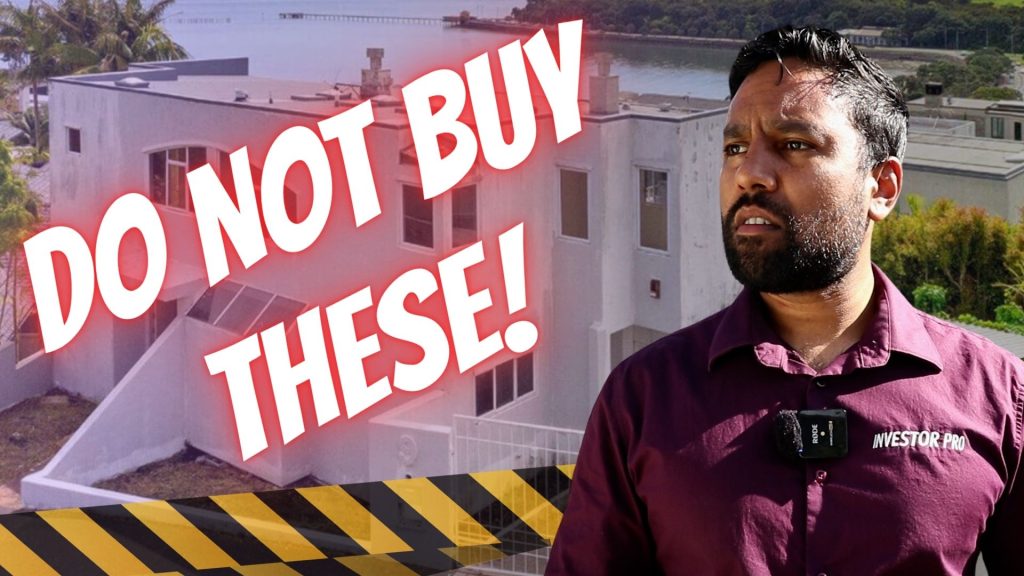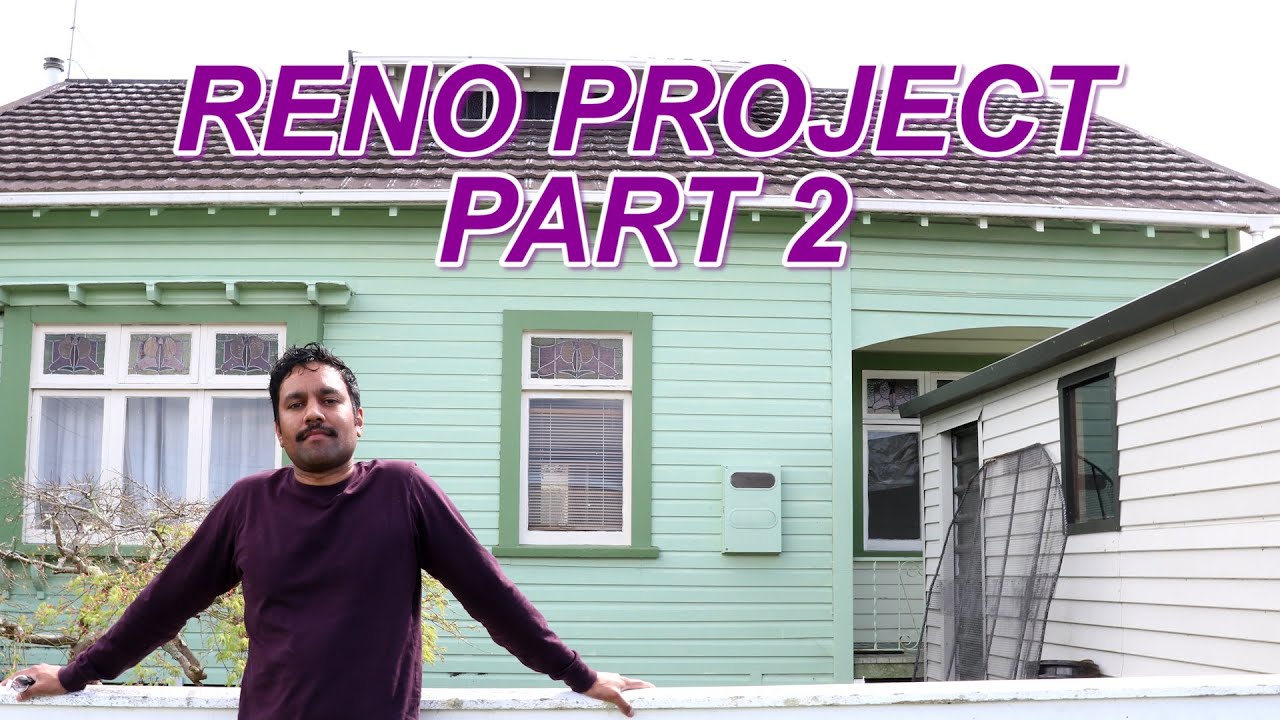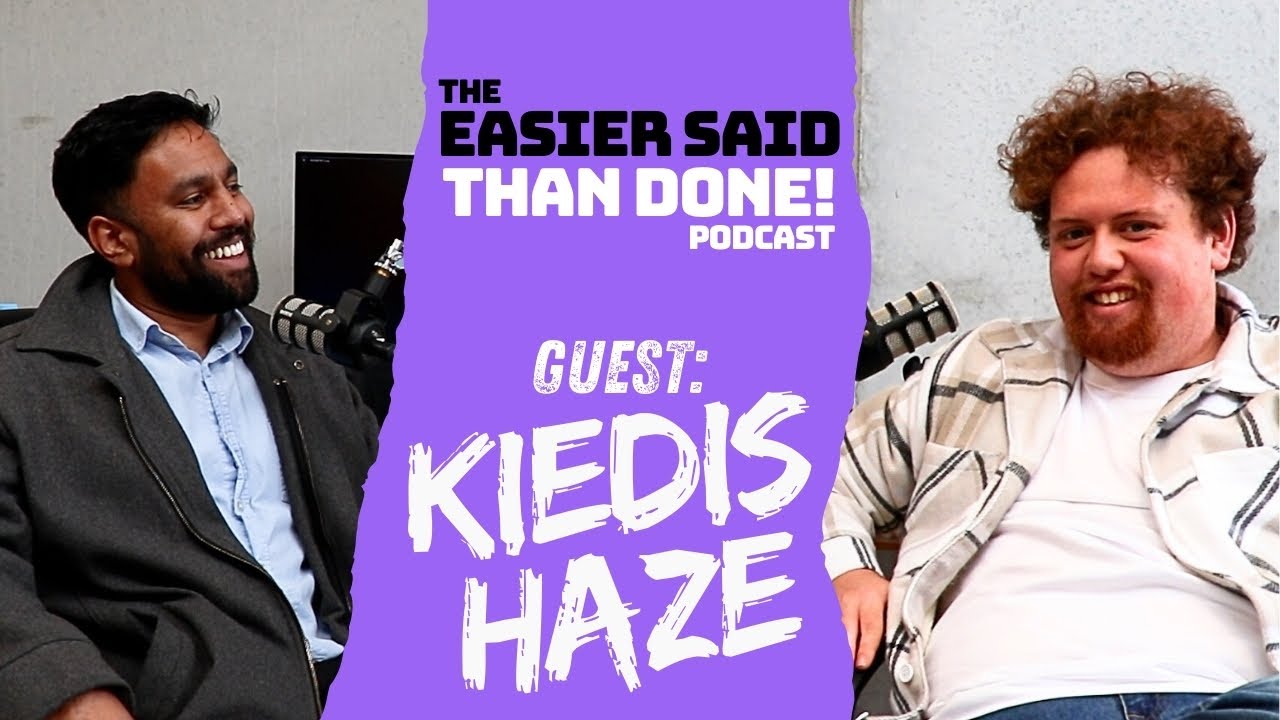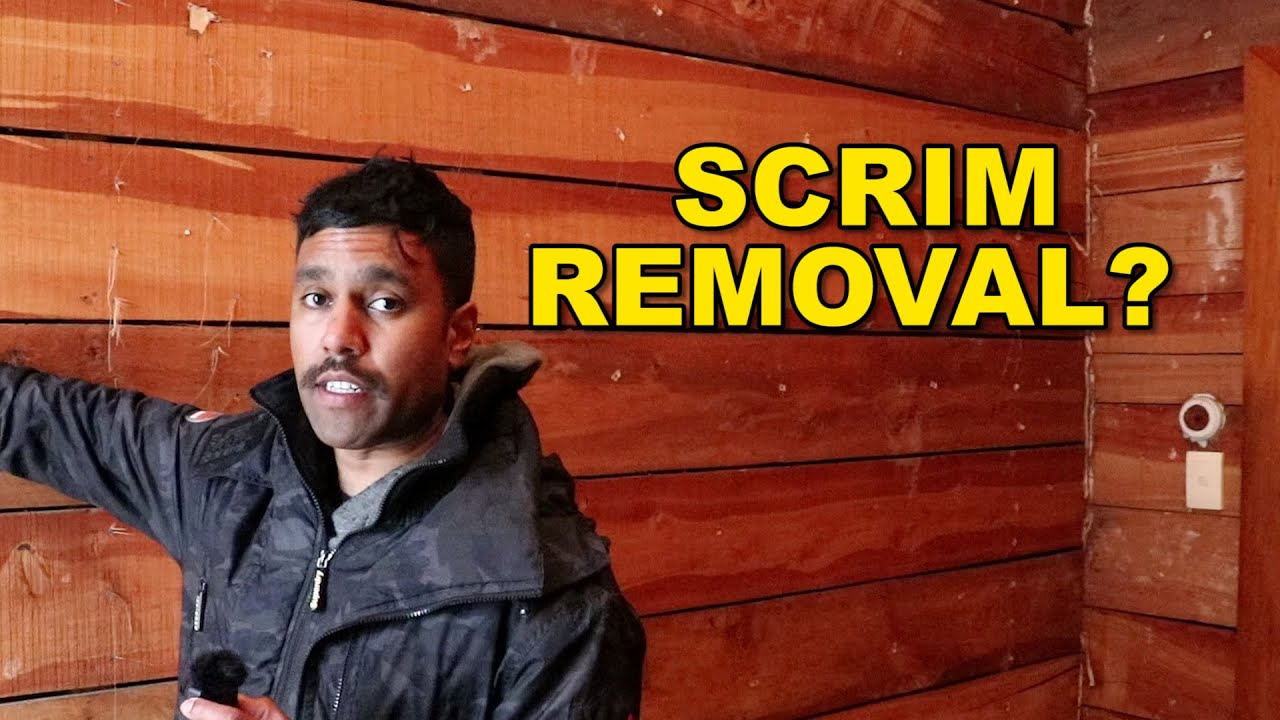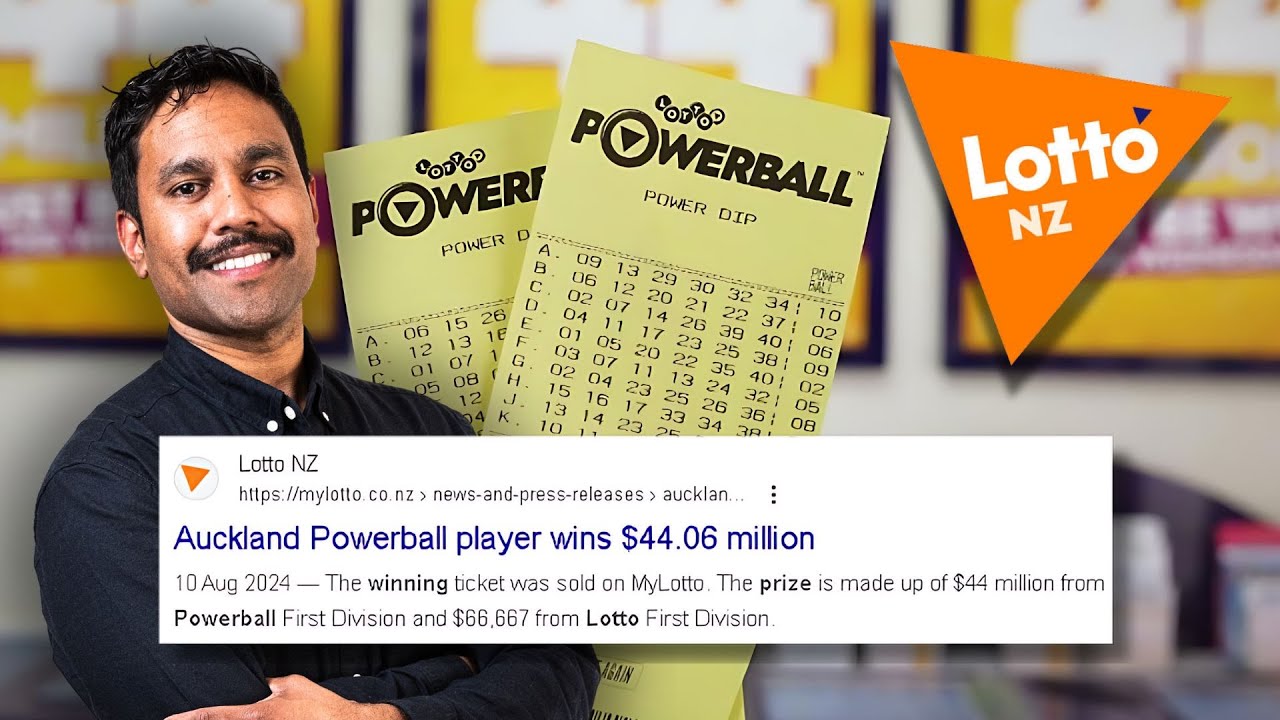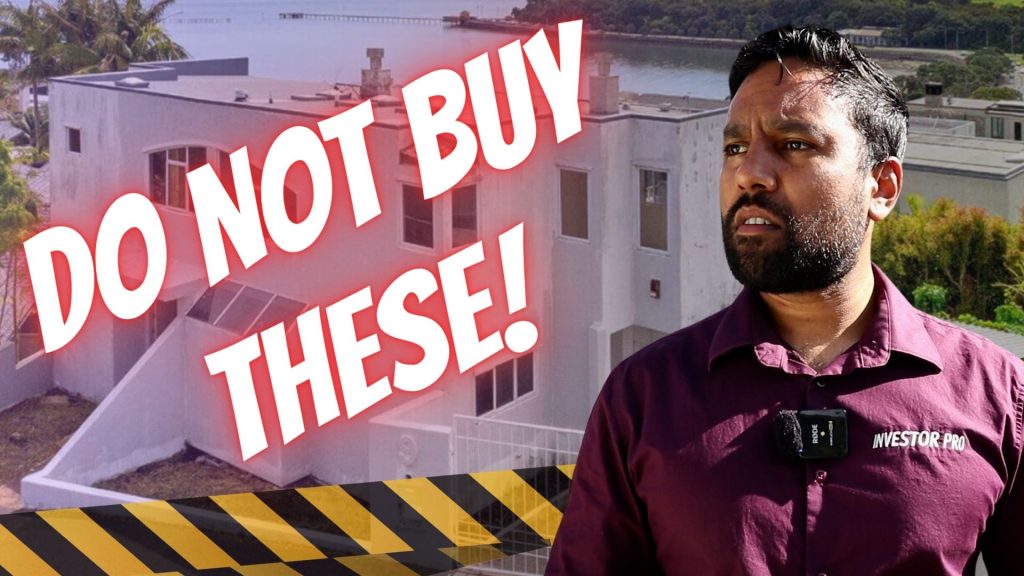
Thinking about buying property in New Zealand? While there are great opportunities for investment, some property types can drain your time, money, and sanity. In this guide, we’ll break down the types of properties you should avoid buying in NZ, and the real reasons why smart investors stay clear.
💣 1. Leaky Buildings (Especially from 1990s–Early 2000s)
- Often have weathertightness issues due to poor design/materials.
- Remediation costs can reach hundreds of thousands.
- Lending is difficult—banks may decline or require large deposits.
- High insurance premiums or refusal to insure.
- Ongoing legal disputes and resale stigma.
📝 Pro Tip: Always get a weathertightness report if you’re buying a townhouse/apartment from 1990–2004.
🚫 2. Leasehold Properties
- You don’t own the land—only the building.
- Subject to ground rent increases, often unpredictable.
- Harder to sell and less appealing to lenders.
- Typically lower capital gains potential.
📝 Pro Tip: Always check when the lease renews and how the rent is reviewed.
🧱 3. Properties with Unconsented Work
- May void insurance or limit claim payouts.
- Could block mortgage approvals or resale.
- Expensive to legalise or fix.
- Risk of council fines or legal action.
📝 Pro Tip: Always order a LIM (Land Information Memorandum) to check for consents.
🏢 4. Overpriced New Builds in Oversupplied Areas
- New builds may be priced above market value.
- Limited rental demand in oversupplied suburbs.
- Poor cashflow potential—rents may not cover mortgage.
- Capital growth is often slow or stagnant.
📝 Pro Tip: Always get an independent market appraisal and review rental demand.
⚠️ 5. Earthquake-Prone Buildings (Especially in Wellington, Christchurch)
- Often older buildings built before 1976.
- High cost of bringing up to current seismic codes.
- May be blacklisted by banks and insurance companies.
- Resale challenges—many buyers avoid this risk.
📝 Pro Tip: Ask for a seismic report and check the building’s status on the council register.
🚧 6. Properties on Flood Zones or Poor Soil (TC3, Liquefaction Risk)
- Prone to flooding or ground movement.
- Can affect structural integrity and rebuild costs.
- Insurance may be limited or very expensive.
- Future development could be restricted.
📝 Pro Tip: Review council GIS maps, flood reports, and soil/geotech analysis.
🧠 Final Thoughts
Whether you’re an investor or first-time buyer, knowing what NOT to buy can protect you from years of financial pain. These high-risk property types in New Zealand often come with hidden costs, poor capital growth, or legal issues.
✔ Always:
- Do proper due diligence
- Get legal advice before going unconditional
- Work with experienced agents and property professionals
🔎 Related Articles:
Watch Tama explain it on video below
🆓 Want to learn property with an Investors Edge?
Join The Leaders Platform today
